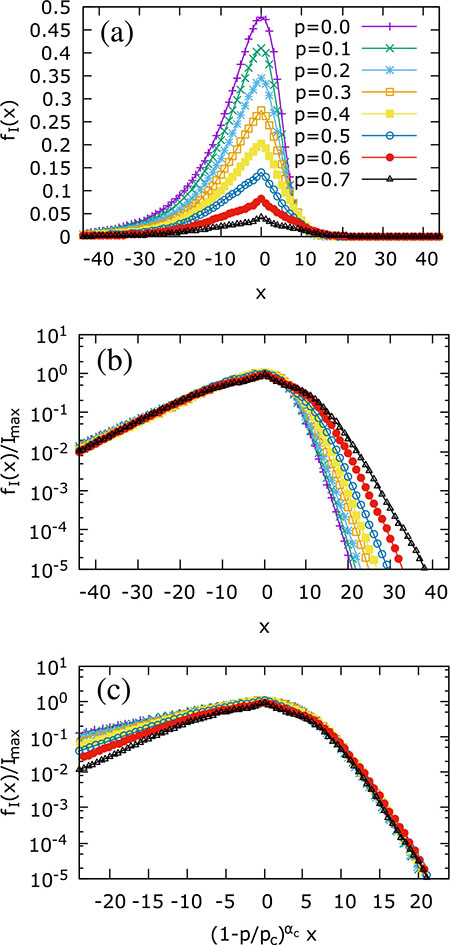EPJ B Highlight - How to stop diseases and forest fires from spreading
- Details
- Published on 12 June 2019

A new model, published in EPJ B and exploring how epidemics spread, could help prevent infections and forest fires from getting out of hand
Recently, epidemics like measles have been spreading due to the lack of vaccinations, and forest fires have become increasingly frequent due to climate change. Understanding how both these things spread, and how to stop them, is more important than ever. Now, two researchers from the National Scientific and Technical Research Council in Bariloche, Argentina, have studied the way epidemics spread in heterogeneous populations. Their findings were recently published in European Physical Journal B.
“The propagation of fronts in heterogeneous media is essential to understanding the spatial spreading not only of epidemics, but also of forest fires, chemical reactions and similar dynamical systems in realistic “not smooth” substrates,” says Dr Karina Laneri, co-author of the paper.
Understanding how to control, diminish or stop the effect of the “infective wave” is of great importance, Laneri says. Previous research largely focused on homogeneous or particular heterogeneous cases, relevant to specific landscapes or populations, for example. In the new paper, published in EPJ B, the researchers investigated a generic form of heterogeneity. “Our conclusions are thus universal, in the sense that they can statistically describe a large family of systems,” explains co-author Alejandro Kolton.
The team combined the mathematical properties of homogeneous systems with numerical simulations to study the way epidemics can spread. One of their conclusions was that, when the population approaches a certain level of heterogeneity, the infection wave broadens and spreads less rapidly, and stops once that level has been reached. “Our work opens interesting perspectives for future studies,” Laneri says. For example, the researchers hope their efforts will pave the way to understanding how to control infections by deciding which populations to vaccinate.
A. B. Kolton and K. Laneri (2019), Rough infection fronts in a random medium, European Physical Journal B 92:126, DOI: 10.1140/epjb/e2019-90582-3




